Toilet bowl height: norms and standards
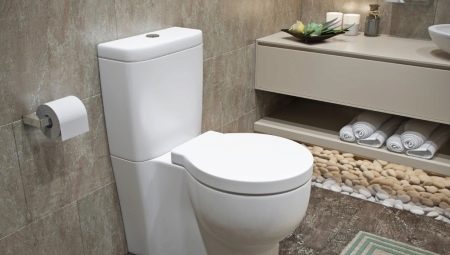
The toilet is a household plumbing fixture. Installed in bathrooms or in separate rooms. It is used for the disposal of household waste through the sewerage system. They differ in size, body design and internal mechanisms, installation methods and other individual characteristics. The parameter that determines the order of operation and ease of use is the height. Its value is determined in two directions: the height of the body and the height of the installation. These quantities determine corresponding GOST and SNiP.
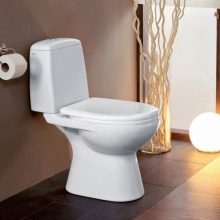

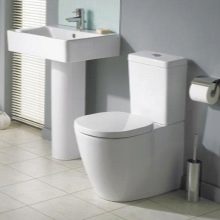
Standards
Height standards are spelled out in approved technical regulations. The height parameter is based on the distance from the floor to the top plane of the seat. The thickness of the toilet seat is not taken into account in these GOSTs, since their different models may have different dimensions from each other.
The final height parameter is influenced by the characteristics of the installation site. The location of the socket of the nodal crosspiece of the riser determines the quality of the drainage of the contents of the toilet bowl. The combination of the level of the outlet flare and the inlet of the spider is the determining factor. The outlet should be at least 10 cm higher than the inlet. If they are located at the same level, the drain will be less intensive, which will lead to blockages. If the inlet is higher than the outlet, a high-quality drain will not be performed.
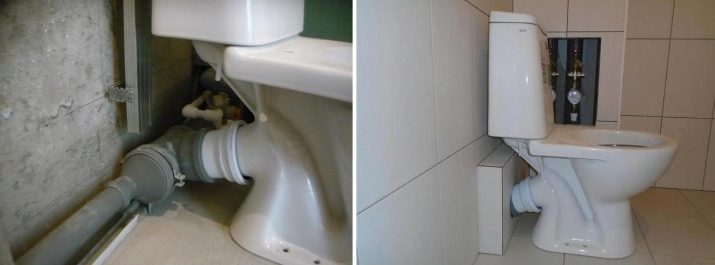
If necessary, the lack of a difference in the height of the holes is compensated by raising the toilet with the help of improvised means. A step is equipped or the general floor level rises.The application of this solution affects the parameter of the final height of the toilet. If a step was made, located under the support, the distance from the floor to the plane of the seat will be greater than from the top of the step to the same point. This will reduce the usability. The edge of his seat will put pressure on the inside of the knees of the person using the device, which will create noticeable discomfort.
In some cases the optimal height of the device is achieved by partially lowering the cross-piece of the riser below the level of the finished floor and partially raising the level of the latter. This allows you to achieve some kind of compromise in the displacement of the toilet along the vertical axis.
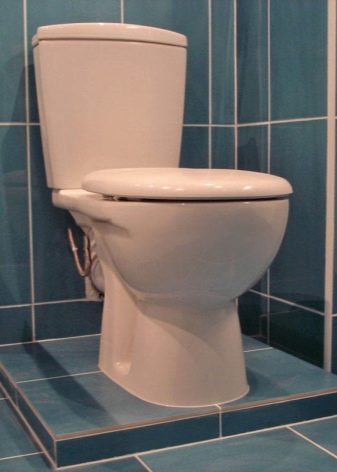

The standards of GOST 30493 determine the standard height:
- for adults 40-43 cm;
- for children 33-37 cm.

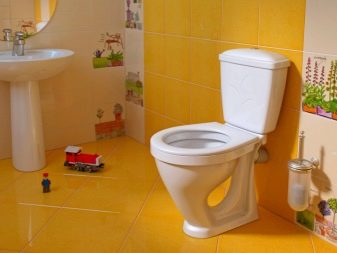
Toilet height depending on the type
Toilet bowls are divided into types:
- ordinary (outdoor);
- suspended (with installation);
- bidet;
- with a hanging cistern.
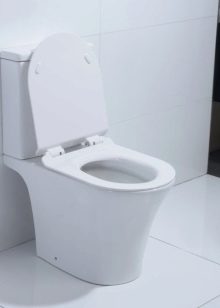
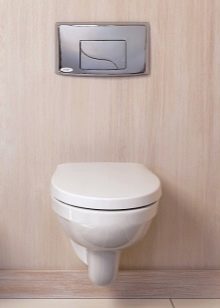
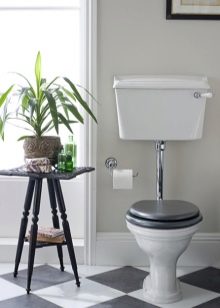
The parameters of a conventional toilet are determined by the size of its "legs" and the size of the flush body. The dimensional characteristics of the cistern can also vary. The suspended device has no vertical support, as it is attached to a mechanism hidden in the wall. Its main dimensional parameter is height of the drain body. It is designed taking into account the absence of vertical support and ease of use.
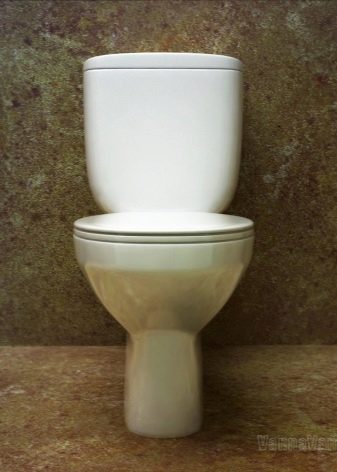
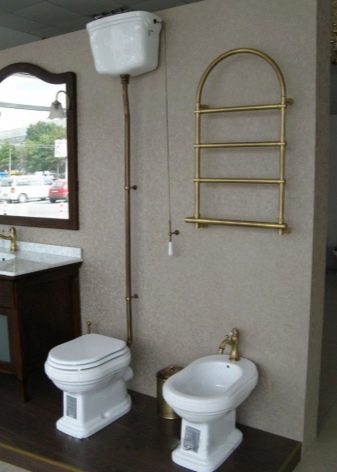
A bidet is a device not equipped with a cistern. The point of the water supply line is connected directly to it. It can be stationary or suspended. A toilet with a hanging cistern allows you to hang the cistern from above the location of the seat. The distance between them can be up to 180 cm.
In this case, the height of the toilet body is determined by the design of a particular model, the parameters of which are close to those specified in the GOST.

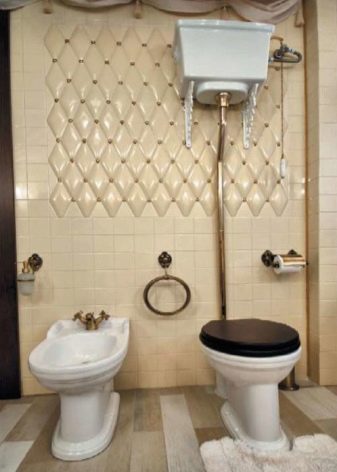
Custom dimensions
There are toilet bowls of non-standard dimensions. Their dimensional parameters are determined by the type of room and purpose. The main places of use for such devices are in public latrines. In them, the toilet bowls may have an uncharacteristic appearance and design. A common example of such a plumbing fixture is a built-in type toilet located in the floor. Its design can be similar to the design of toilets with hanging cisterns or installation.
When choosing toilets of non-standard sizes, the characteristics of the room and its intended purpose are taken into account. This assumes that the height of the landing plane will be average, and the maximum height will not exceed the value set by GOST.
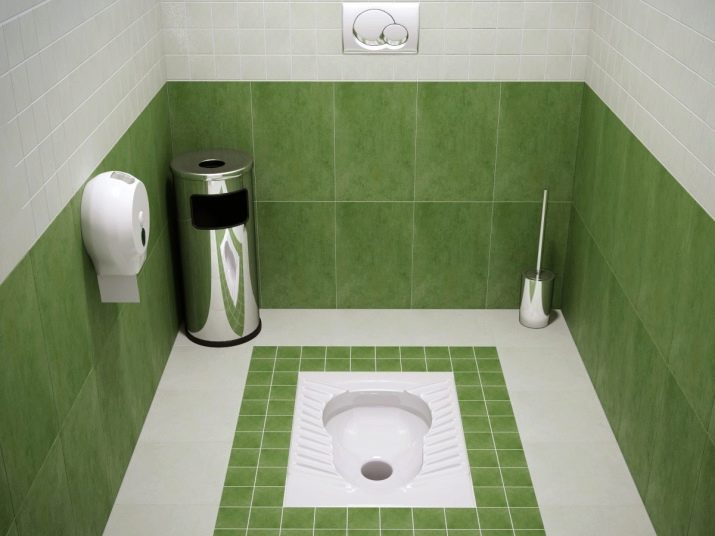
How to choose?
The choice of a toilet begins with an assessment of the characteristics of the room. Measurements of the parameters of its area are carried out. This is necessary to determine whether the dimensions of the toilet bowl correspond to the volume of free space in the toilet. What should be the width of the room is determined by the need to install a toilet bowl at a sufficient distance from furniture and household appliances in it.
The optimal value of this distance is 40-50 cm... It allows you to freely install the device and ensures the convenience of further operation. The presence of free space on the sides makes it possible to place objects next to it for casing it: a box with toilet paper, a brush for cleaning, a trash can or a box with cleaning and disinfectants.
Adequate length of the room allows you to ensure there is enough free space to access the toilet.
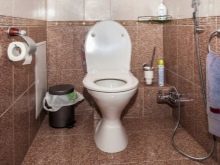


Of paramount importance is the amount of "departure". "Departure" Is the value of its protrusion in the frontal plane. There must be sufficient distance between the front edge of the toilet seat and the nearest piece of furniture or wall.This takes into account the need for a sufficient supply of space to accommodate a person on the toilet in a sitting position.
Before choosing, it is necessary to assess the junction of the toilet bowl drain and the inlet socket of the riser tee.
Attention is drawn to the protrusion of the latter beyond the plane of the wall. The more the bell protrudes, the farther from the wall the toilet will be located, which will affect the ease of use.
The cistern has its own width. Under its base, a base is provided in the body, which also affects the proximity of the device to the wall. It is worth measuring the distance from the wall to the extreme frontal point of the toilet bowl in advance. This distance should include the dimensional parameters of the tank, the drain body, the protrusion of the bell and an additional 2-3 cm (necessary to compensate for the measurement errors).
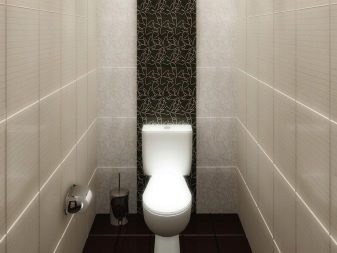
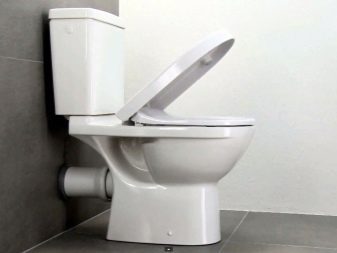
If a wall-hung toilet is to be installed in the room, the approach to measurements must be changed. The installation mechanism of this type of toilet has its own dimensions. It is located behind the surface of the wall finish, which is located behind the toilet. The complete set of the mechanism includes: a container for water, a descent device, fastening a drain barrel, fastenings for the visible part of the body.
It is necessary to take into account the presence of these components so that there is enough free space in the room and niche for installation. To carry out installation work and subsequent operating procedures, it is important to allocate additional space. After calculating the available volume, measure the available toilet models.
The following order is allowed for matching the size of the hanging toilet to the size of the room: the rectilinear volume of the entire structure is less than the available volume of space. Reverse matching is not allowed when the volume of the toilet is greater than the available volume of space.
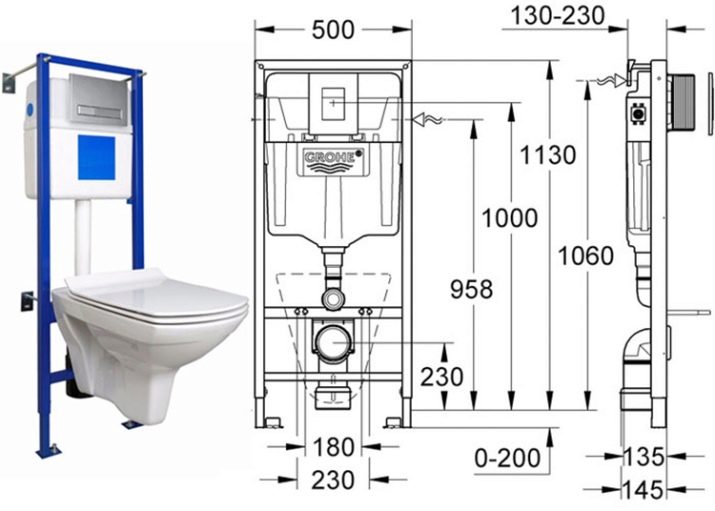
Particular attention is paid to the selection according to the criteria of the installation methods. What matters is the height of its outlet. It should be located above the level of the riser inlet. This will ensure the best possible drainage of the contents. The presence of a transition element connecting the honey inlet and outlet is taken into account. Most often, it is a plastic corrugated pipe. Its profile and properties allow it to bend in any direction. but even when folded as much as possible, it takes up some space.
Also, the corrugation has a rubber cuff, which is worn on the outlet socket of the toilet bowl. Its presence also increases the size of the transition element by 1-2 cm. The main criterion for choosing a toilet bowl is the dimensional parameters. These values are measured for all items included in the plumbing system of sewage disposal of household waste. It is also taken into account:
- where the toilet will be installed (location inside a particular room);
- who will use it (children, adults, tall, short, large people);
- material of manufacture (ceramics, porcelain, metal, polyurethane).

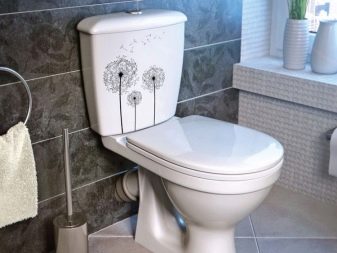
For information on how to choose a toilet, see the next video.








